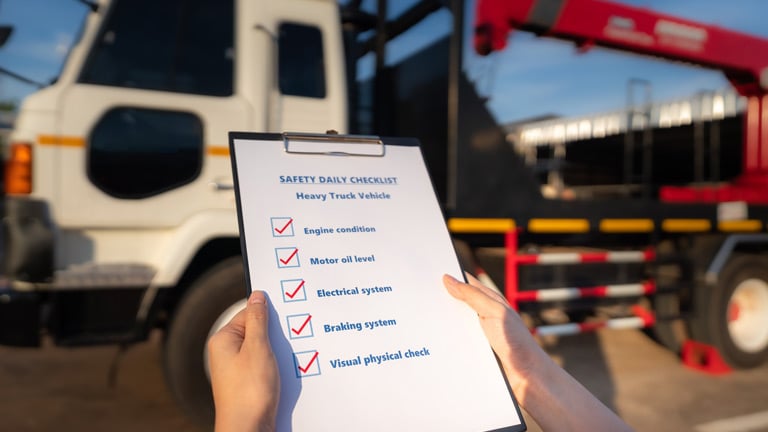
If your spindles aren’t turning, you aren’t making money. The best way to keep those spindles in motion is to employ a few simple and proven preventive maintenance strategies. Here are five suggestions to help ensure success.
1. Perform Baseline Tests
This includes running a basic part and keeping the data on that part handy for future comparison. Another test is a basic geometry check to get good reference numbers so you can detect squareness, straightness and other positioning errors down the line. Always check spindle vibration. If something is out of whack there, things go downhill fast.
Lastly, a ball bar test is always very helpful. Doing this helps track and correct positioning variance over time.
Baseline tests are important. If you have a collision, or you need to replace a part on the machine (like a spindle or ball screw), you know where things were when the machine was making good parts. You can make more informed adjustments before you get back up and running.
2. Calibrate, Calibrate, Calibrate
There is no hard and fast rule as to how often you should calibrate your machines, except that you should do it as often as necessary. If you’re running standard parts using standard materials, once a week or so will work.
If you’re machining high-precision parts using exotic materials, you may want to calibrate every shift. Every company calibrates differently, but if you’re only calibrating every six months or so, you need to up your game.
3. Take Advantage of Your OEM/Reseller
Most machine tool builders and resellers have preventive maintenance and repair programs like Mitsui Seiki’s. No one knows the machines like they do, and having them come in and professionally inspect, calibrate and clean your machine is invaluable. Purchasing a maintenance program is a small cost compared to that of a breakdown.
Another approach is to have a dedicated preventive maintenance person on your maintenance team. Generally, what happens, however, is that the preventive person gets pulled in to help put out fires (machine down, building issue, etc.) and those proactive maintenance tasks fall by the wayside. If you see this happening, it might be more effective to rely on the OEM or reseller to take on those services for you.
4. Put Tune-Ups on Your Calendar
Whether you purchased the maintenance package from your supplier or not, you need to put regular tune-ups on your calendar. An inspection and tune-up service takes three to five days, so scheduling ahead of time will keep your production timetable on track.
A thorough tune-up will include laser calibration, lubrication, spindle vibration analysis, thermal analysis, a deep cleaning and any other maintenance specific to that machine.
5. Use Quality Inspection Tools
To ensure you have the best inspection equipment for your machines, you should ask your OEM or reseller what they recommend. They’ll help you choose the best tools for your machine.
In general, the inspection tools you should include in your arsenal are a performance diagnostic system on your machine, a high-precision ball-bar system, a laser calibrator that can calibrate on all axes of motion, an accelerometer and a thermal-inspection device such as a Flir camera.
Preventive maintenance affects downtime and your bottom line. Following these simple strategies will help make sure that “PM” stands for “preventive maintenance,” rather than “postmortem.”